Transforming Business Outcomes Through Strategic NoSQL Database Selection
DZone
NOVEMBER 25, 2023
We often dwell on the technical aspects of database selection, focusing on performance metrics , storage capacity, and querying capabilities. Factors like read and write speed, latency, and data distribution methods are essential. In a detailed article, we've discussed how to align a NoSQL database with specific business needs.










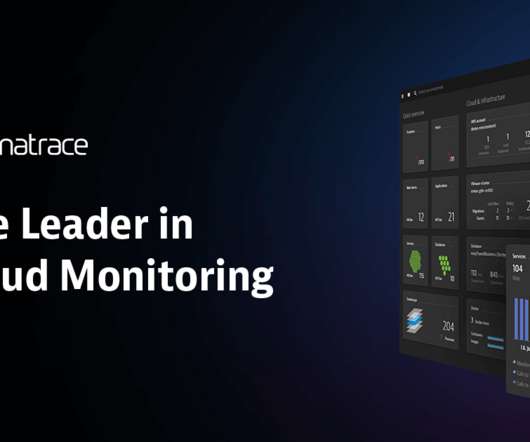













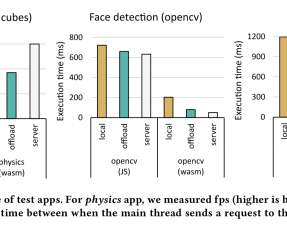






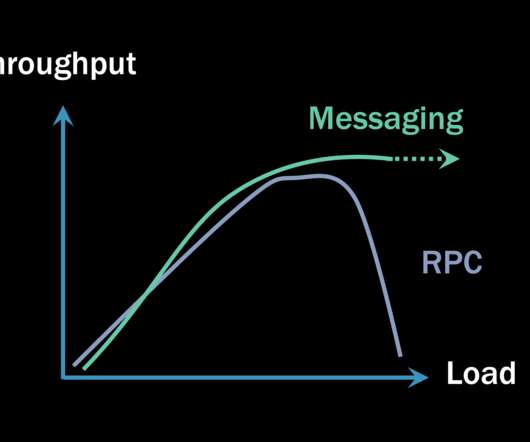


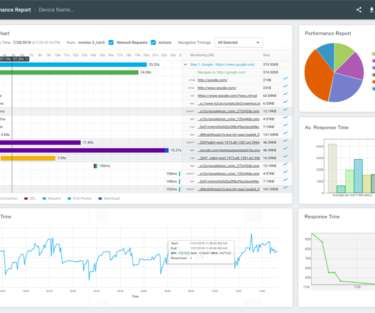
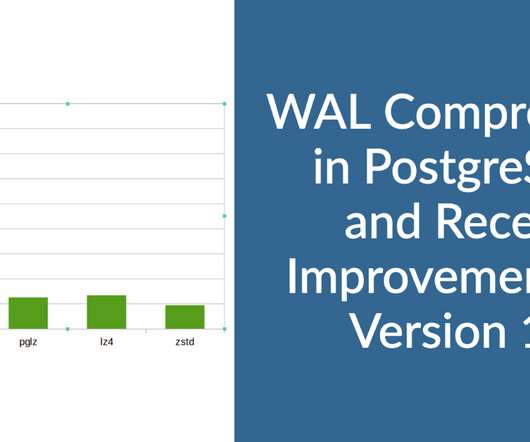




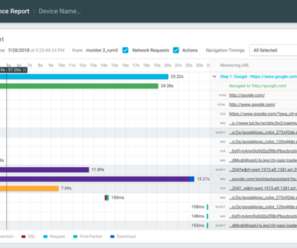


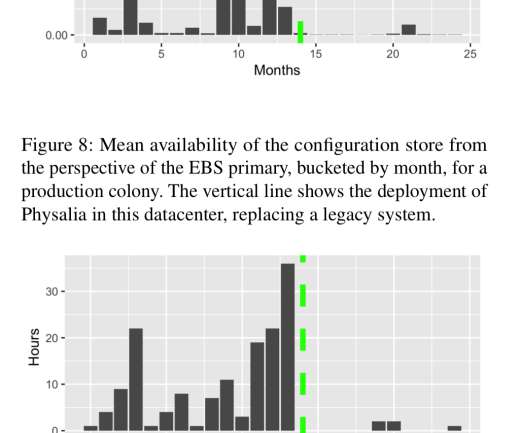







Let's personalize your content